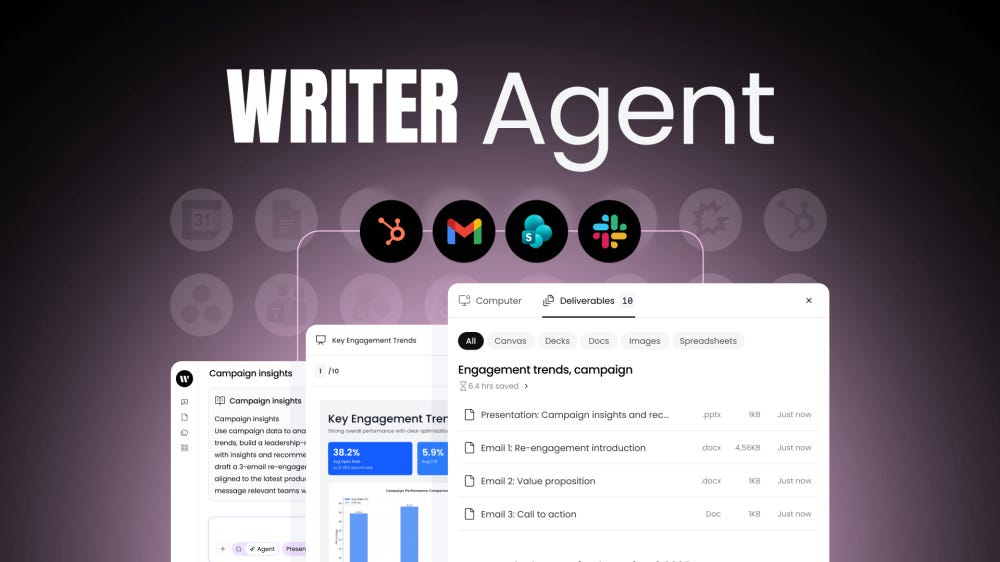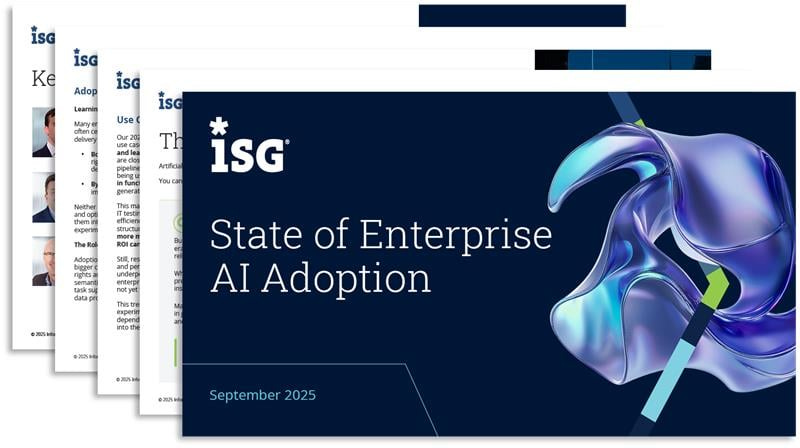The AI reset begins — infrastructure, agents, and governance are the new frontier.
And yes — there’s a new enterprise tool you’ll want on your radar.
Start every workday smarter. Spot AI opportunities faster. Become the go-to person on your team for what’s next.
📅 November 19, 2025 | ⏱️ 4-min read
Good Morning!
I’ve been thinking about how quickly the conversation around AI is changing. A year ago the focus was on big promises. Today the stories sound more like the early stages of real work. Not glamorous. Not dramatic. But meaningful if you’re responsible for building something that lasts.
There’s a shift happening. It’s subtle, but you can feel it if you pay attention.
Here’s what you should know today.
🧠 Gemini 3 hits Google Search — and the race changes gear
Google announced Gemini 3, their most advanced model yet: deep multimodal reasoning, integrated into Search on day one.
Why it matters: For business leaders, this isn’t just cool technology — it signals that “AI services” are now being embedded into core user flows (search, work, enterprise data). The tactical implication: earlier-stage bets on “nice to have” become competitive table stakes. If you aren’t thinking how your product or CX will be AI-native (or “AI-adjacent”) in the next 12 months, you may find yourself playing catch-up not innovation.
💡 Yann LeCun leaves Meta — and issues a warning
LeCun publicly critiques the industry’s laser-focus on large language models (LLMs) and says they’re “sucking the air out of the room.” His reported departure from Meta reinforces the signal that the science is unsettled.
Why it matters: Leaders must remember that the underlying tech isn’t “solved” yet. What differentiates value today is not the novelty of LLMs, but how well you integrate, govern, validate and scale them in operational context. The psychology: hype often distracts from hard operational work.
🤖 Agent 365 by Microsoft — the tool for managing your AI bot army
Microsoft today launched Agent 365, a platform to track, manage, and govern AI agents. It treats bots like employees — registry, access control, performance tracking.
Why it matters: If you’re deploying multiple AI agents across functions (customer service, procurement, research), tool-sprawl and governance become real risks. Agent sprawl = shadow AI = compliance & trust horror. This kind of management platform is what separates pilot-stage from scaled-deployment. Time to look at your agent governance stack.
📱 Markets wobble as AI bubble warnings surface
Markets slid as fund-managers signal perceptions that AI investment may be overheating.
Why it matters: When the signal shifts from “growth” to “risk of bubble”, leadership must revisit portfolio, vendor, and investment assumptions. Are you backing tangible value or chasing buzz? The same applies at operational level: undiscovered cost pools, gold-plated projects, and vague KPIs often mask these risks.
🛠️ Tool of the Day: WRITER AI Agent Experience
The company WRITER (an enterprise-AI content & workflow platform) just launched an upgraded “Agent Experience” that lets employees across the organization design AI agents using playbooks, connectors, routines and personalities.
Why it matters: For leaders building “AI at scale” this is a fine illustration of how the focus is moving from building one big model to deploying many small agents across workflows. The challenge now isn’t the model — it’s enabling non-technical teams to assemble and govern agents. If you’re still buying monolithic tools rather than building an agent-framework, you risk lagging the curve.
📊 DCX AI Data Stat
Stat: In 2025, 31% of prioritized AI use-cases in enterprises have reached full production — double the rate in 2024.
This tells us two things. Organisations are making progress. And most of the work is still ahead of them. Many initiatives never move beyond the early stage. That’s usually not a technology problem. It’s a people, process, and priority problem. And those are harder to change.
⚡ Your 1-Minute Action Plan
Take a moment to list the AI agents already running inside your organisation. Write down who owns them and how their performance is measured. It’s a simple exercise that reveals more than most leaders expect.
🔎 See you tomorrow
Across these stories there’s a common thread. AI is becoming part of the normal fabric of work. It’s less about big launches now and more about decisions that shape the day-to-day. Organisations that recognise this will build steadier foundations.
👥 Share This Issue
If this issue challenged your thinking or helped you lead better, share it with someone who’s ready to audit their AI strategy.
📬 Feedback & Ideas
What tension between AI and customer experience should we be talking about next? — drop me a line; the best insights come from leaders doing the work.









